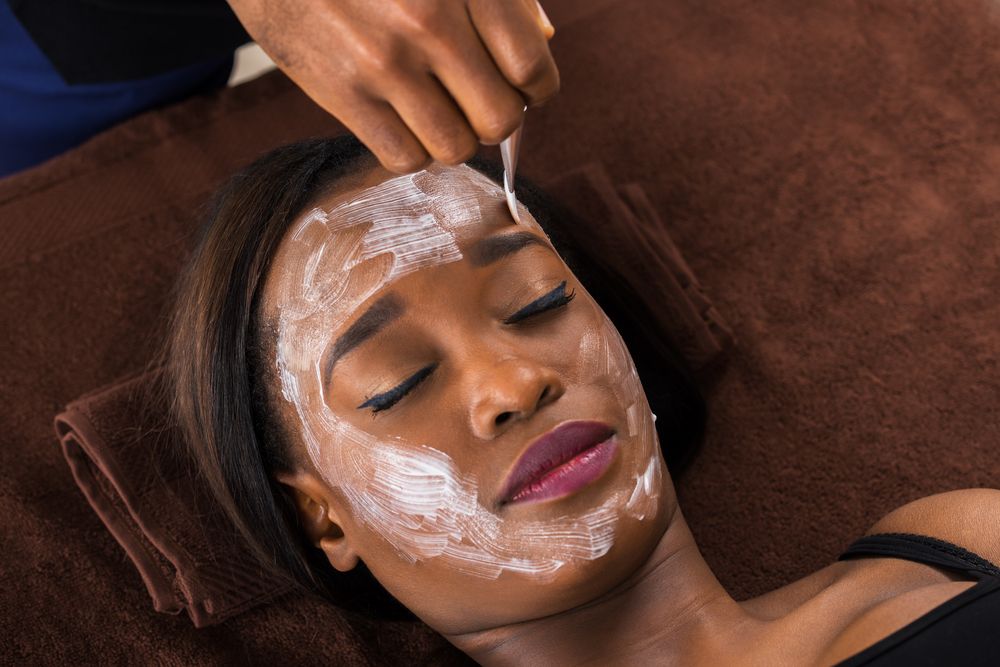- Acne
- Actinic Keratosis
- Aesthetics
- Alopecia
- Atopic Dermatitis
- Buy-and-Bill
- COVID-19
- Case-Based Roundtable
- Chronic Hand Eczema
- Chronic Spontaneous Urticaria
- Drug Watch
- Eczema
- General Dermatology
- Hidradenitis Suppurativa
- Melasma
- NP and PA
- Pediatric Dermatology
- Pigmentary Disorders
- Practice Management
- Precision Medicine and Biologics
- Prurigo Nodularis
- Psoriasis
- Psoriatic Arthritis
- Rare Disease
- Rosacea
- Skin Cancer
- Vitiligo
- Wound Care
Article
Nanotechnology and cosmeceuticals: The good, the bad and the dangerous
Author(s):
While nanotechnology use in cosmeceuticals is promising, safety concerns remain about widespread use of “nanocosmeceuticals” for skin, hair, nail and lip care.
While nanotechnology use in cosmeceuticals is promising, safety concerns remain about widespread use of “nanocosmeceuticals” for skin, hair, nail and lip care. (Andrey Popov - stock.adobe.com)

Dr. Zoe Draelos

While nanotechnology use in cosmeceuticals is promising, safety concerns remain about widespread use of “nanocosmeceuticals” for skin, hair, nail and lip care, researchers from India report in a review published earlier this year.
That thinking is reflected in the U.S. where large companies in the cosmetics industry have voluntarily agreed not to use nanoparticles in currently marketed products because of those safety concerns, according to dermatologist Zoe Diana Draelos, M.D., who practices in High Point, N.C., and founded Dermatology Consulting Services, a company that works with cosmeceutical firms to develop formulations and conduct product testing.
Nanoparticle Safety Concerns
In essence, nanotechnology involves putting particles that are less than 100 nanometers (nm) into a formulation.
“These are particles of any material,” Dr. Draelos says. “In the cosmeceutical world, typically the nanoparticles would be part of the active agents or the hero ingredient that’s designed to deliver on some cosmetic claim.”
The concern is that nanoparticles are so small that they can penetrate into appendageal structures, like hair follicles. They can the penetrate stratum corneum, theoretically entering the body.
While safety concerns have kept many cosmetic and cosmeceutical companies from promoting nanotechnology as a benefit, nanoparticles are, in fact, in many of today’s products. Nanoparticles might be an unintentional consequence due to the manufacturing process for raw materials. Dr. Draelos cites the example of titanium dioxide and zinc oxide, which are minerals from rocks ground to a small particle size for topical sunscreens. Grinding zinc oxide and titanium oxide small enough so applying sunscreen doesn’t make the skin so white might result in creating nanoparticles.
Another example is in the manufacturing process for cosmetics with pigment, such as eyeshadow, or to make the reflective, frosted, glittery effects of other makeup types. Companies might end up using nanoparticle sized mica or fish scales to create the glittery look, according to Dr. Draelos.
“Back to the example of zinc oxide and titanium oxide: Imagine if you had nano-sized zinc oxide and titanium dioxide, you could actually get those particles in your skin and they would be there for the rest of your life, unless your immune system phagocytized the material and initiated removal,” she says.
And it turns out, people are exposed to the unwanted health effects of nanoparticles every day. Nanoparticles are in the byproducts of internal combustion engines and manufacturing processes that involve burning. They’re in pollution. Some are known carcinogens.
Nanoparticles That Do Good
On the other side of the coin, nanoparticles could do a lot of good.
“Nanoparticles have very interesting magnetic properties,” Dr. Draelos says.
Using nanoparticles along with a device with a magnetic field could help target chemotherapy agents to tumor sites, eliminating exposure to the rest of the body, according to Dr. Draelos.
“Nanoparticles also can have very interesting color and optical qualities. So, nanoparticles because of the way they reflect light, could be used extensively in camouflaging cosmetics,” she says. “Nanoparticles are created with the firing process of ceramics, so there are very old nanoparticles in Egyptian pottery and tile, which gives it a fluorescent look.”
The challenge is developing nanoparticle products that do good, not harm.
“Let’s say you’ve got nanoparticles in a bottle. In the bottle are also preservatives and emulsifiers. One of the problems is you can’t exactly control what goes in and what doesn’t. You have to make a special formulation so that you’ve eliminated ingredients you would not desire to penetrate the skin,” Dr. Draelos says. “That could become an issue if you use products with nanoparticles in microneedling, dermal rolling, mesotherapy. There you’re making holes and sticking in the product. So this whole issue is very controversial.”
The other hurdle is that nanoparticles, when they’re added to a skincare preparation, tend to stick together, making it unlikely that they’ll actually be small enough to penetrate the skin, according to Dr. Draelos.
More work needs to be done before dermatologists and others can safely recommend nanoparticle cosmeceuticals to consumers, she says.
Newsletter
Like what you’re reading? Subscribe to Dermatology Times for weekly updates on therapies, innovations, and real-world practice tips.














